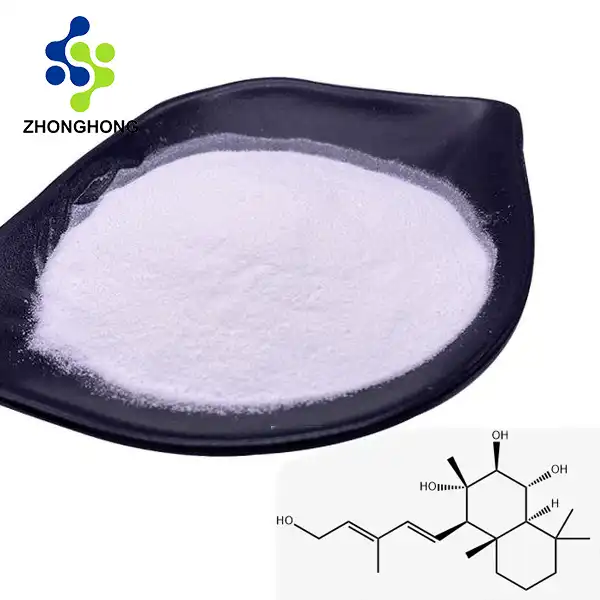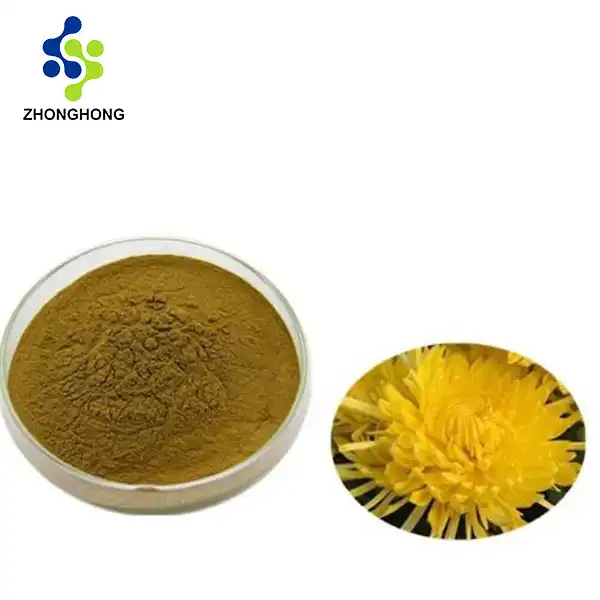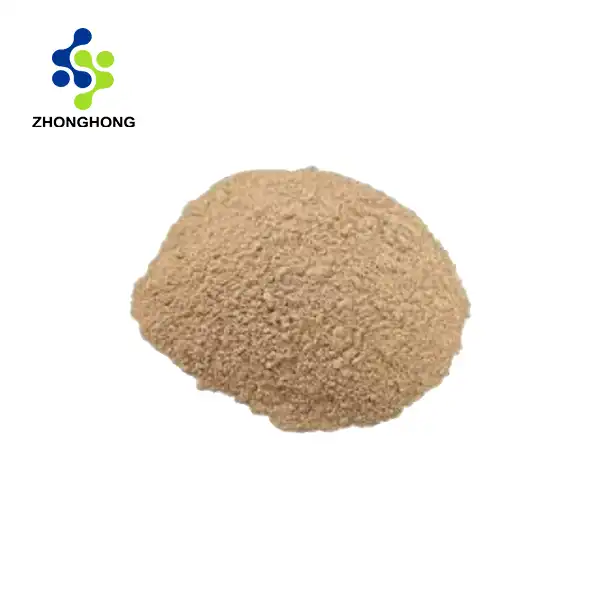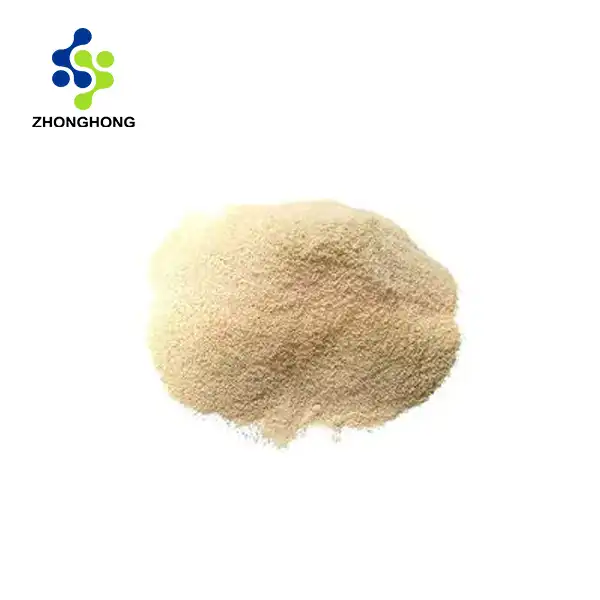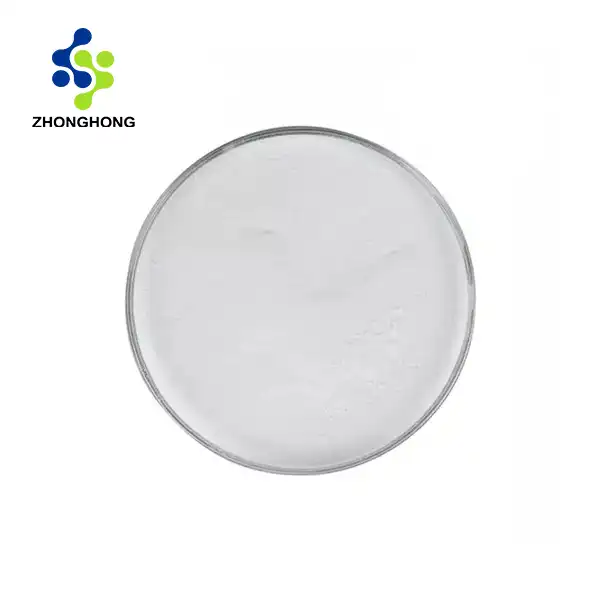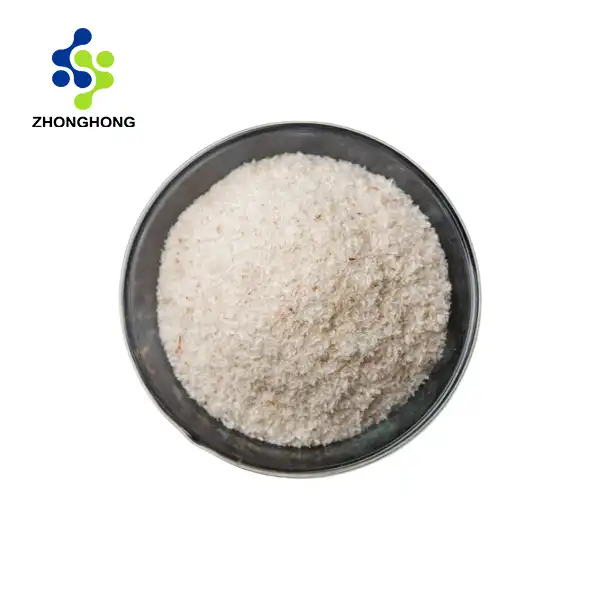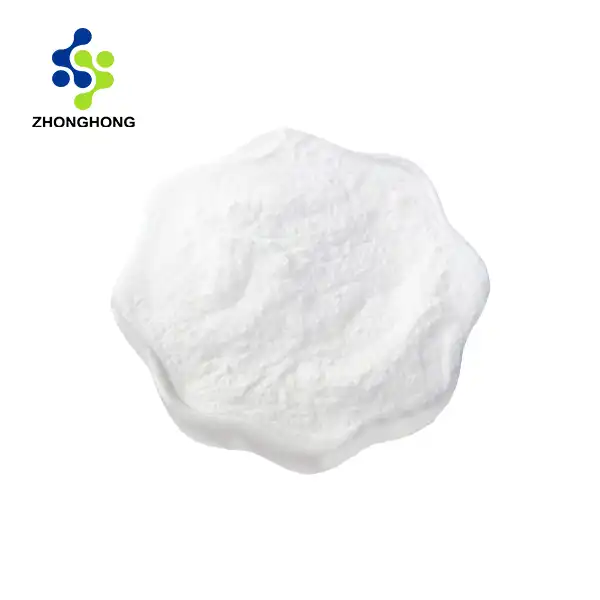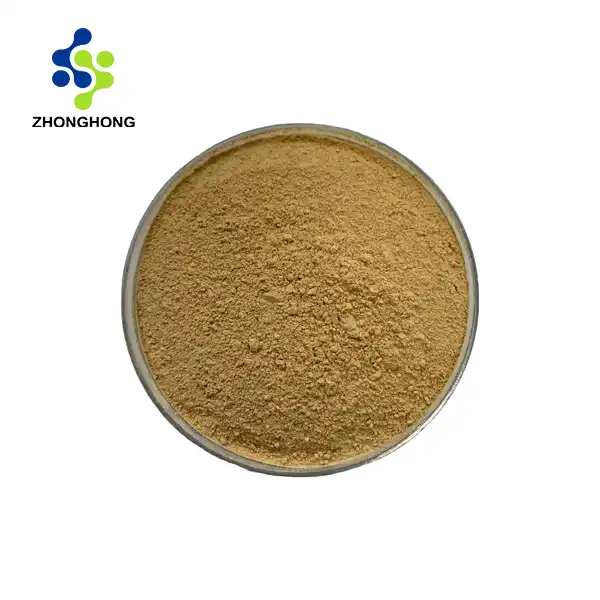Gardenia Yellow's Role in Traditional Medicine
Historical Use in Eastern Medicine
Gardenia Yellow, known as "zhi zi" in Traditional Chinese Medicine (TCM), has been utilized for thousands of years. Ancient practitioners revered this golden powder for its cooling properties and ability to dispel heat from the body. It was commonly prescribed to address conditions associated with excess heat, such as fever, inflammation, and jaundice. The use of Gardenia Yellow extended beyond China, finding its way into other Asian medical systems, including Japanese Kampo medicine and Korean traditional medicine.
Traditional Applications for Digestive Health
In traditional medicine, Gardenia Yellow was often employed to support digestive health. It was believed to have a soothing effect on the stomach and intestines, helping to alleviate symptoms of indigestion, bloating, and gastrointestinal discomfort. Practitioners would often combine Gardenia Yellow with other herbs to create potent remedies for various digestive ailments. The powder's natural bitterness was thought to stimulate digestive secretions, promoting better nutrient absorption and overall gut health.
Mental Health and Emotional Balance
Interestingly, Gardenia Yellow was also used in traditional practices to address mental health concerns. It was believed to have a calming effect on the mind, helping to reduce anxiety, irritability, and insomnia. Some practitioners used it as part of treatments for conditions we now recognize as depression and anxiety disorders. The soothing properties of Gardenia Yellow were thought to promote emotional balance and mental clarity, making it a valuable tool in holistic approaches to mental well-being.
Anti-Inflammatory Properties of Gardenia Yellow
Scientific Evidence Supporting Anti-Inflammatory Effects
Present day logical inquire about has started to shed light on the anti-inflammatory properties of Gardenia Yellow Powder. Studies have appeared that crocin, a major component of Gardenia Yellow, shows noteworthy anti-inflammatory impacts. In vitro and in vivo tests have illustrated that crocin can repress the generation of pro-inflammatory cytokines and decrease oxidative stretch, two key components in the provocative handle. This logical backing loans assurance to the conventional utilize of Gardenia Yellow for fiery conditions and opens up unused conceivable outcomes for its application in advanced wellness hones.
Potential Applications in Managing Chronic Inflammation
The anti-inflammatory properties of Gardenia Yellow Powder make it a promising candidate for managing chronic inflammatory conditions. Researchers are exploring its potential in addressing diseases such as arthritis, inflammatory bowel disease, and even certain types of cancer where inflammation plays a significant role. While more clinical studies are needed, early results suggest that Gardenia Yellow could be a valuable addition to integrative approaches for managing chronic inflammation. Its natural origin and relatively low risk of side effects make it an attractive option for those seeking alternative or complementary treatments.
Synergistic Effects with Other Natural Anti-Inflammatories
One of the exciting aspects of Gardenia Yellow is its potential for synergistic effects when combined with other natural anti-inflammatory substances. For example, studies have shown that when used in conjunction with curcumin (from turmeric) or resveratrol (found in grapes and berries), Gardenia Yellow can enhance the overall anti-inflammatory effect. This synergy opens up possibilities for creating more potent and effective natural anti-inflammatory formulations. Wellness practitioners and researchers are exploring these combinations to develop innovative approaches to inflammation management that harness the power of multiple natural compounds.
DIY Wellness Products Using Gardenia Yellow
Creating a Soothing Gardenia Yellow Tea Blend
One simple way to incorporate Gardenia Yellow Powder into your wellness routine is by creating a soothing tea blend. To make this calming beverage, combine 1/4 teaspoon of Gardenia Yellow Powder with 1 teaspoon of honey in a cup. Pour hot (not boiling) water over the mixture and stir gently until the powder and honey are fully dissolved. For added flavor and benefits, you can include other herbs like chamomile or lemon balm. This tea can be enjoyed in the evening to promote relaxation and support digestive health. Remember to source your Gardenia Yellow Powder from a reputable supplier to ensure quality and purity.
Formulating a Nourishing Gardenia Yellow Face Mask
Gardenia Yellow Powder can too be utilized to make a feeding confront veil that tackles its anti-inflammatory properties. Blend 1 teaspoon of Gardenia Yellow Powder with 2 teaspoons of crude nectar and 1 teaspoon of plain yogurt. Mix these fixings into a smooth glue. Apply the veil to clean, dry skin and take off it on for 15-20 minutes some time recently flushing with tepid water. This veil can offer assistance alleviate bothered skin, decrease redness, and give a common gleam. It's reasonable for most skin sorts, but as with any modern skincare item, it's shrewd to do a fix test to begin with to guarantee you do not have any unfavorable responses.
Crafting a Gardenia Yellow-Infused Massage Oil
For a luxurious and therapeutic experience, try creating a Gardenia Yellow-infused massage oil. Start by gently warming 1/2 cup of a carrier oil like jojoba or sweet almond oil in a double boiler. Add 1 teaspoon of Gardenia Yellow Powder and stir until well combined. Remove from heat and let the mixture cool. Once cooled, strain the oil through a fine-mesh sieve or cheesecloth to remove any solid particles. You can enhance the aroma and benefits by adding a few drops of lavender or chamomile essential oil. This infused oil can be used for massages to help soothe sore muscles and promote relaxation. Store in a dark glass bottle in a cool, dry place.
Conclusion
Gardenia Yellow Powder offers a wealth of potential benefits for enhancing wellness, from its traditional medicinal uses to its scientifically-backed anti-inflammatory properties. By incorporating this natural ingredient into your wellness routine through DIY products, you can explore its soothing and healing effects firsthand. As with any new supplement or wellness practice, it's always advisable to consult with a healthcare professional, especially if you have existing health conditions or are taking medications. If you want to get more information about this product, you can contact us at liaodaohai@gmail.com.
_1728976869676.webp)
